Interestingly, Warsha and I connected over my stuffed Dhokli post on Instagram. And here we are doing a Dhokli post, together. I am so grateful to her for sharing the soulful Chinchni-Gujarati cuisine with us. Theroute2roots has given me so many regional Gujarati foods to talk about and the cuisines that evolved when the enterprising Gujaratis immigrated to distant lands and adapted and blended into the region. We have explored the East-African Gujarati cuisine on the blog. It gives me great pleasure to share the Gujarati cuisine of Chinchan region with the very generous and gracious Warsha Vimadalal, whose family has roots in the region. Hopefully, we shall be sharing a lot of recipes that evolved as a result of immersion of Chinchni and Gujarati cultures.
Thank you so much Warsha for not only sharing the recipe and its history but also making this wonderful video and sharing the little known nuggets to the region.
Warsha writes,
Food and history go hand in hand. Our traditional foods are often the result of our ancestors adapting to new locations where they migrated to, the cuisine shaped as a result of the produce of the new land and influences of the diet of the community around the region. As much as I enjoy keeping up with the trends and latest foods, I have this unparalleled passion to better understand our heritage, to continue our traditions and to keep our culture alive. As a child, I was fortunate to be exposed to several cultures. Born in Goa and raised between Goa and Pune, I’ve been extremely fortunate to be exposed very early on to the Portuguese, Goan, and Puneri culture.
To understand Penda Dhokli we will have to trace the roots of our community.
Around 800 years ago, two brothers (our ancestors) Munjal and Tejpal Mehta, belonging to ‘Porvar Vanik’ community resided in Patan, Gujarat. It was an era when Patan and regions around it were embracing Jainism. The fear of conversion made our ancestors the Porvars leave Patan and arrive at the port town of Ghogha Bandar (near Bhavnagar). Ghogha was a very prosperous port. However, they did not have any established businesses in Ghogha. Our enterprising elders began travelling by boats to distant shores. They became traders. The sea brought them to Chinchan Bandar ( a coastal village) via Bharuch and other coastal towns. In those days this voyage from Ghogha to Chinchan took approximately a 24 hours.
Our ancestors bartered construction material like roof tiles in exchange of coconuts, lentils, vegetables, jaggery, and other produce which they would bring back to Ghogha. The trade voyages would continue for eight months of the year, during monsoons they refrained from going to the seas.
Click here to learn more about the Chinchni region
The original residents of Chinchan were Adivasis and fishermen with whom our ancestors traded and became prosperous. Our ancestors started buying land from the locals of Chinchan, to build houses.
Time and again, Ghogha experienced a lot of violence by dacoits which is why the elders decided to move out of Ghogha started settling in Chinchan, Tarapur, Umroli, and areas around these villages.
The locals worked at the estates and homes of our ancestors as cooks and farm help, their food habits were adapted by our ancestors and vice versa. Chinchani being a coastal village, coconut and rice was the staple and grown in abundance. Hence, these staples also became part of our diets. Though typically Gujaratis do not consume as much kokam or coconut, our community uses a lot of these ingredients in their everyday foods.
As the years passed, the younger generations began migrating to urban areas such as Mumbai and started settling abroad. Today, hardly few of the original families reside in Chinchani and Tarapur.
Some of the foods that emerged from the immersion of Chinchani and Gujarati cuisines are:
- Rice rotla
- Dashmi
- Dhebra
- Farsi Bhakri
- Farsi Rotla
- Farsa Pudha
- Galya Pudha
- Gali Panki
- Khichi ni Rotli
- Bajri na Rotla
- Aaran/ Pithlu
- Doodhi choldal nu shaak
- Saragvani shingh
- Vaal ni daal nu shaak
- Vascol/ bamboo nu shaak
- Kelphool nu shaak (banana blossoms)
And much more!
Penda Dhokli is a type of dhokli which uses rice flour balls that are boiled in water and tempering is added to it. Kokam being a coastal ingredient is also added to it as a souring agent. It is very light on the stomach and easy to digest. It is consumed in winters because of the warmth it provides. This was typically also made in the house when there was no fresh produce available and was quick and easy to make. Generally, it is eaten alone with ghee and kachumber on the side. It is usually made as dinner during monsoons or winter as the extra ginger & ghee & cloves and cinnamon in it gives warmth and comfort. Initially, it was made when vegetables were scarce.
It is almost a forgotten recipe for the younger generation who have settled abroad and in the metro cities. Those staying in joint families still make it for the elders in the family, I have learnt this from my mother-in-law and continue to make it once in a while as my younger daughter and my husband love this dish. My elder daughter doesn’t fancy it much hence she’s not bothered or interested so in future eventually it will be lost in her family. My younger one filmed the video and hence she learnt how to make it. So I’m sure in future she’ll make it & keep the recipe alive.
The Gujrati Dal Dhokli is prepared using toor dal and spiced dough made with whole wheat flour. The dough balls are rolled into thin rotis to be cut into squares or diamonds which we call dhokli. The Penda Dhokli is a marriage between Varanfal and Dal-Dhokli. Varanfal is a Maharashtrian recipe of the natives of Chinchani called Varanphal where instead of whole wheat dhokli they make small balls with rice flour and drop them in the thin chutti (plain yellow)dal.. To make this a quick and economical recipe, they skipped the dal instead, they added the rice balls to water that was flavoured with Gujarati spices and has the distinct sweet-sour flavours. As the rice balls stew into the stock, it thickens to make a comfort & fulfilling meal.
About Warsha Vimadalal
The multi-faceted Warsha Vimadalal is proud of Indian culture, the diversity it offers, the history it brings along, the heritage of each family, community, village, town… Warsha has studied Biochemistry, majoring in Food and Nutrition. She is a jewellery and couture designer for almost 34 years, her passion project Basil in Pune makes her an ex-restaurateur, she has featured as a chef for Season 1 of Aapni Rasoi on Shemaroo Gujarati YouTube channel, and now the proprietor of Sondevi Homemade Masalas, Pickles, and Foods featuring a variety of Indian natural, non-preservative, non-coloured flavours!
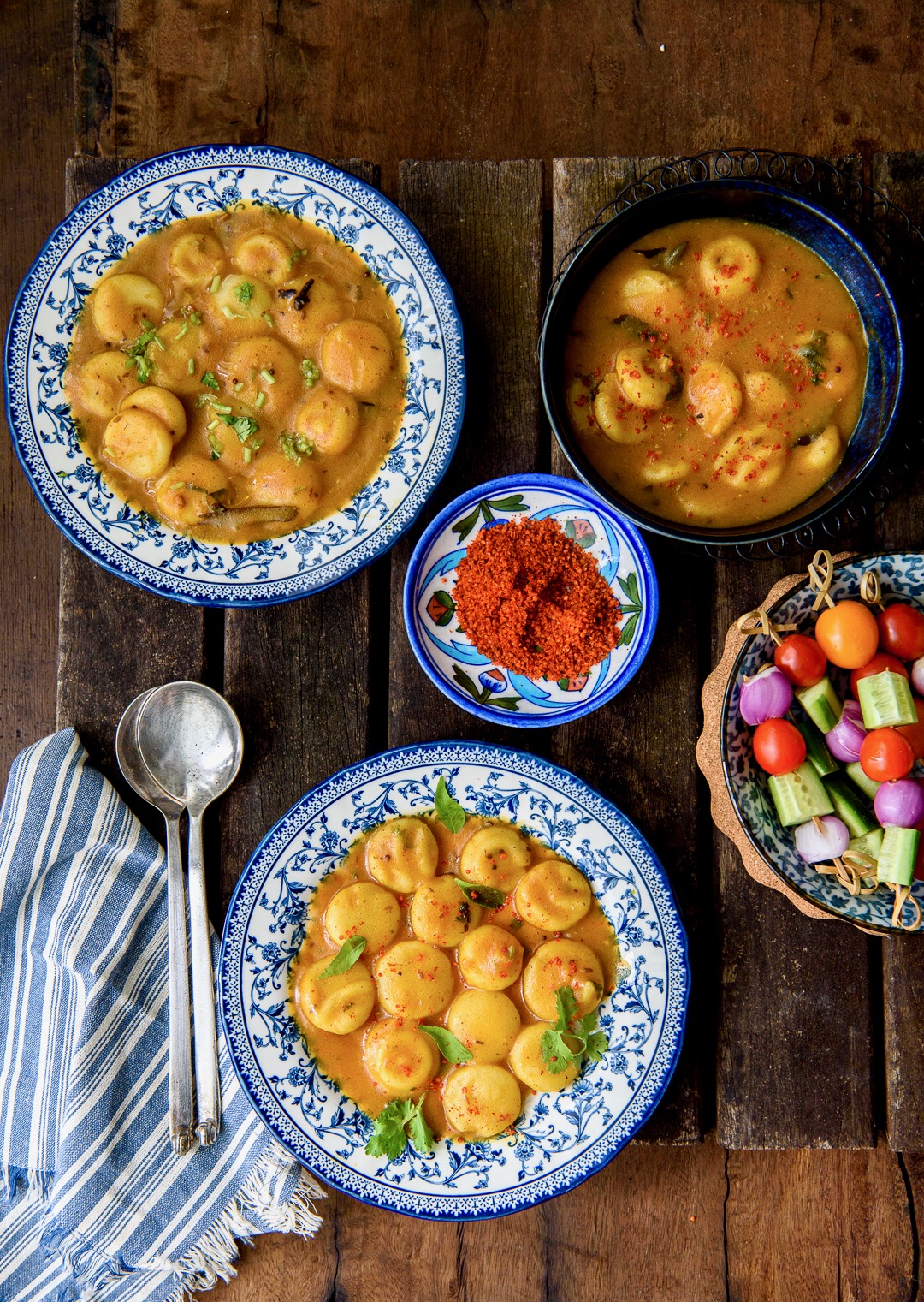
Penda Dhokli
Ingredients
- For the Dhokli Dough
- 1 cup Rice flour
- 1 teaspoon ghee
- 1/4 teaspoon baking soda
- salt to taste
- warm water to make a pliable dough
- For the stock
- 4 cups water, more if required
- 3 teaspoons ghee
- 1 inch ginger, pounded
- 1-2 green chilli, slit whole,
- 3 to 4 cloves
- 1 inch cinnamon stick
- 1/2 teaspoon rai/ mustard seeds
- 1/2 teaspoon cumin seeds
- 1/4 teaspoon methi seeds
- 1/2 teaspoon hing
- 1 teaspoon haldi powder/ turmeric powder
- 1 teaspoon lal marchu/red chilli powder, Kashimiri preferred
- 3 teaspoons Dhana-Jeeru Powder/ coriander and cumin powder
- 1/4 cup jaggery, shredded
- 5-6 kokum
- 1 teaspoon rice flour (if needed)
- salt to taste
- Chopped coriander to garnish
Instructions
To begin, make the Dhokli dough.
In a large mixing bowl - take rice flour, add salt, 1 teaspoon ghee, soda and water to bind the mix into a pliable dough.
Divide the dough into marble sized balls and flatten into small discs ( as shown in the video).
Cover and keep aside.
Now to make the stock or tempered water:
Heat a kadai and add ghee to it for tempering.
Keep the flame low.
Warm the ghee, add the mustard seeds, let them splutter add the hing, jeera, methi seeds, curry leaves, turmeric, cloves, & cinnamon.
Mix it well
Add the ginger,green chilli paste and red chilli powder salt and 4 cups water to it.
Bring the water to boil.
As soon as the water begins to boil, add the penda to the boiling stock one at a time. Add the salt, kokum & jaggery.
The peda/discs will start floating on the surface once they are cooked .The liquid will also thicken as the Peda cook, if it doesn't thicken mix a teaspoon of rice flour with 1/4 cup water and add it to the bubbling mix. Stir gently but well.
Adjust the seasoning to taste.
Garnish with chopped coriander leaves.
Serve hot with drizzle of ghee.
Notes
This is generally made for dinners and can be had just by itself. If one likes you can add some garam Masala too. But just the flavors of cloves, Cinnamon, ginger dhanajeeru with ghee gives it a lovely flavor
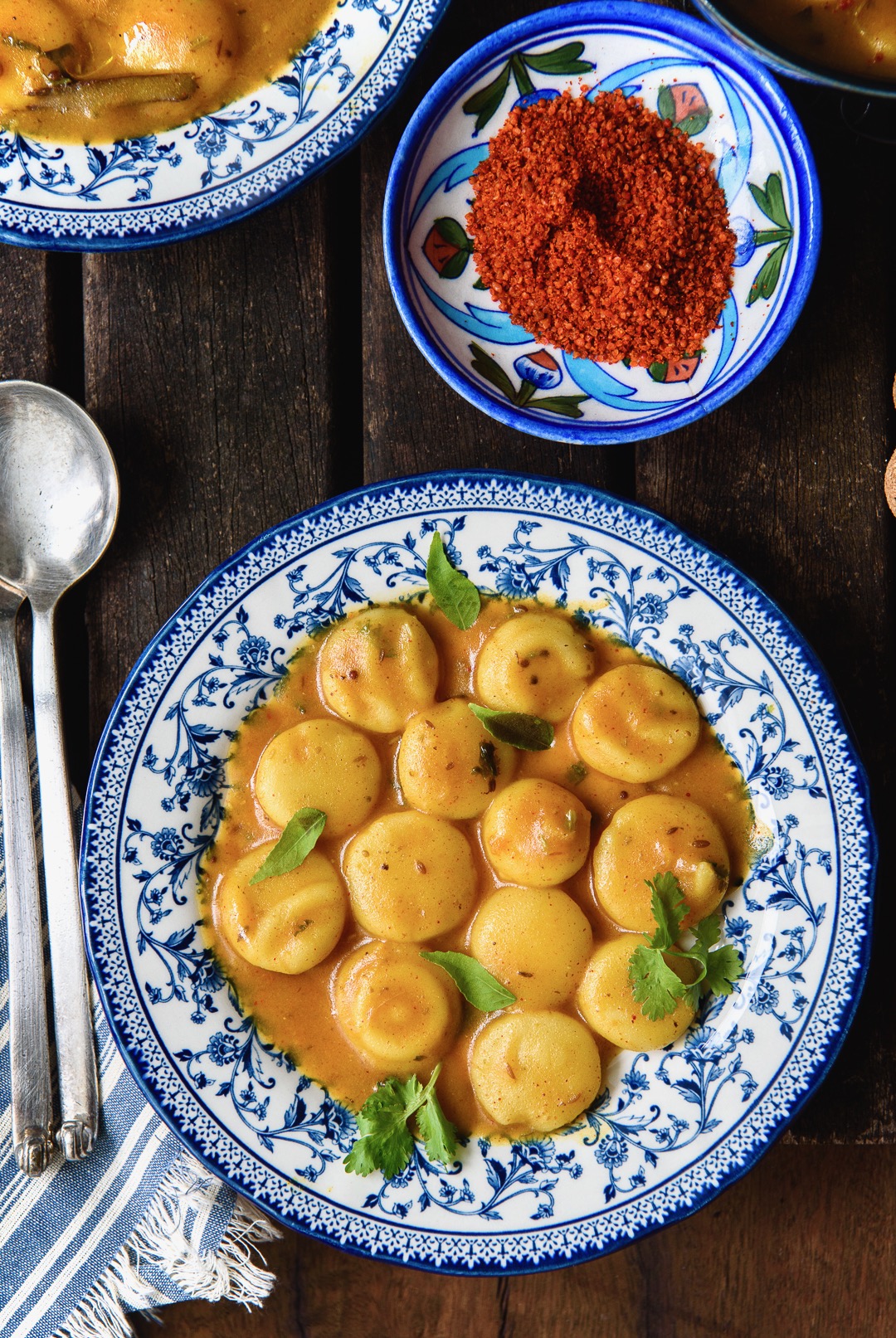

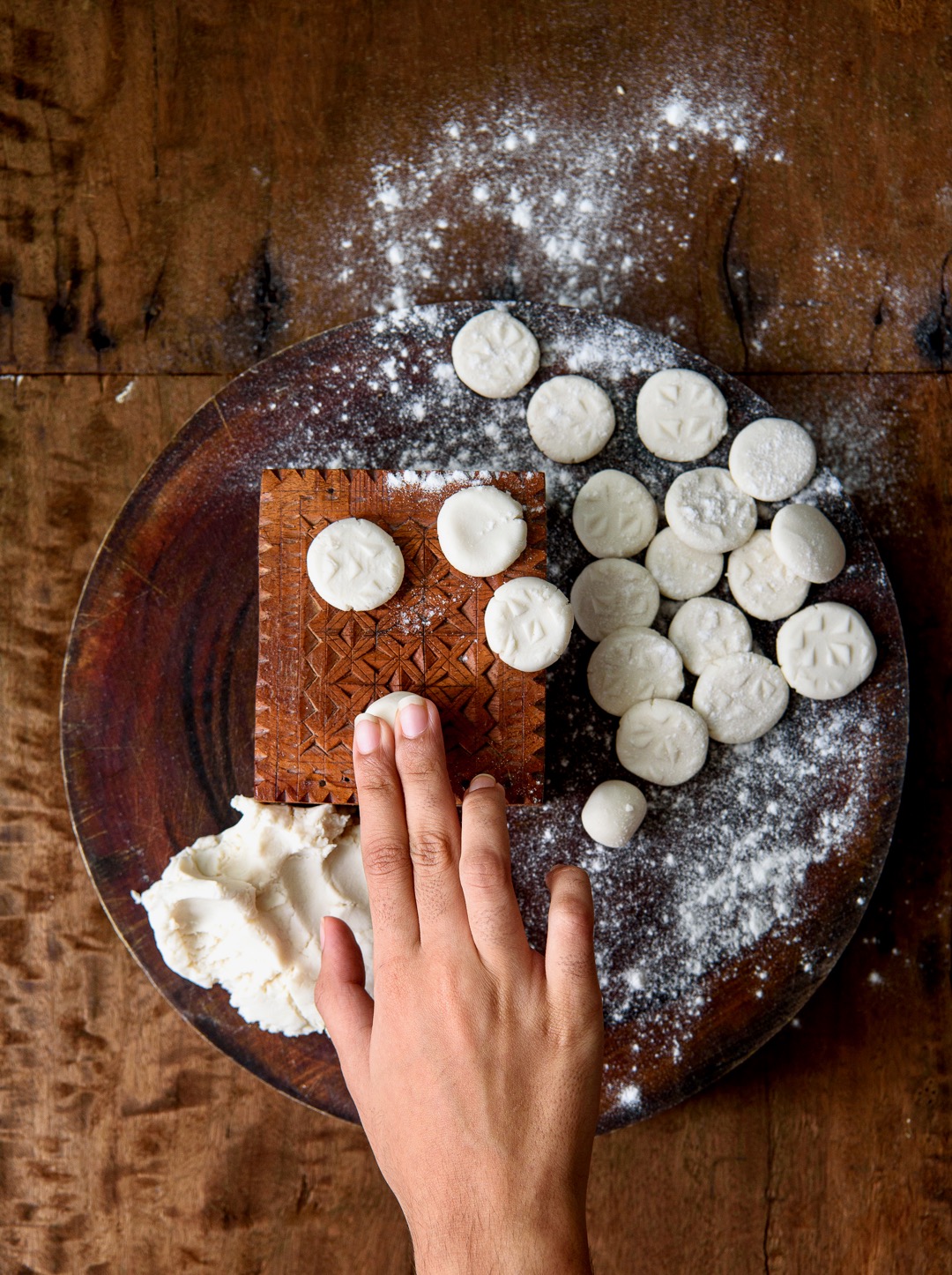
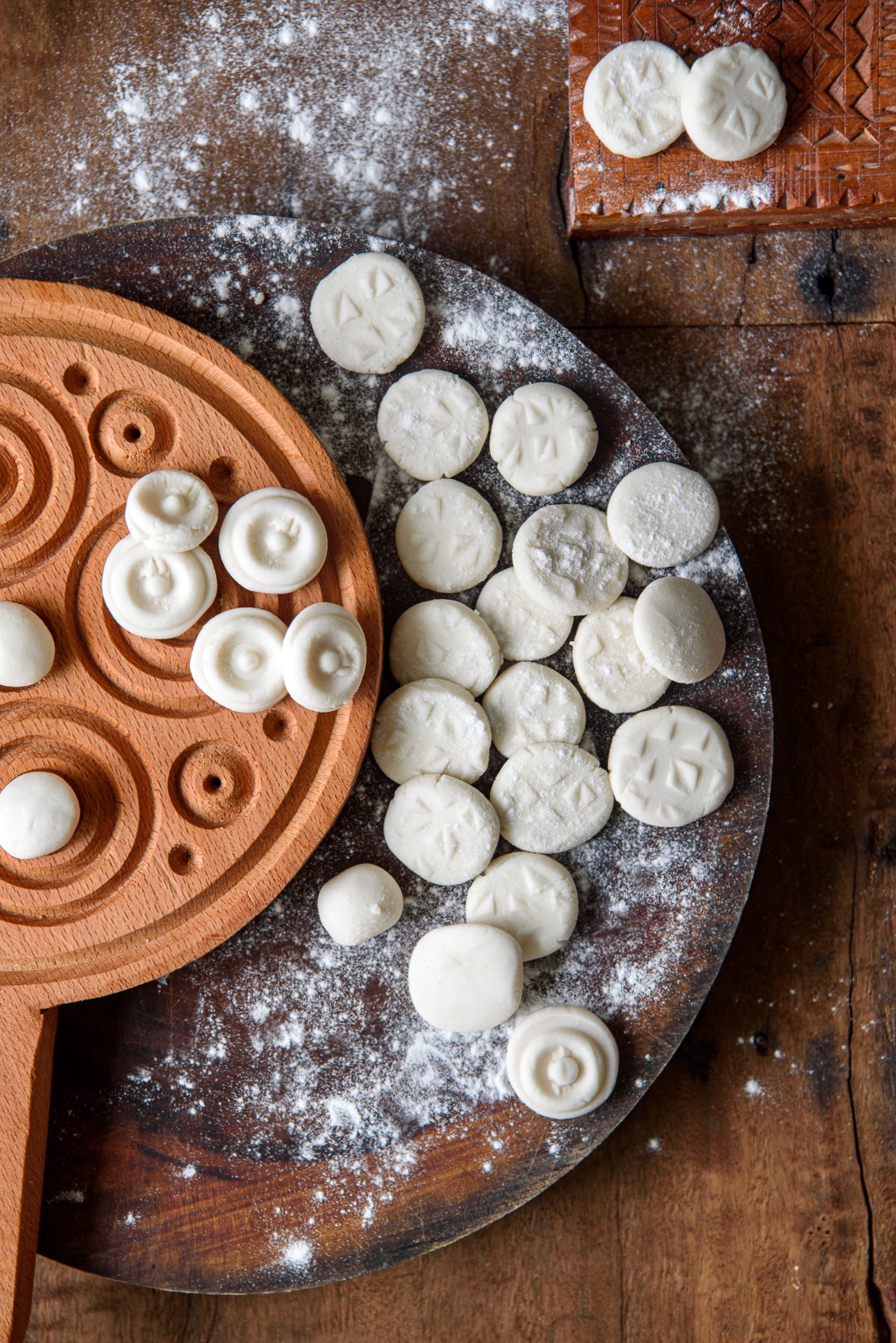
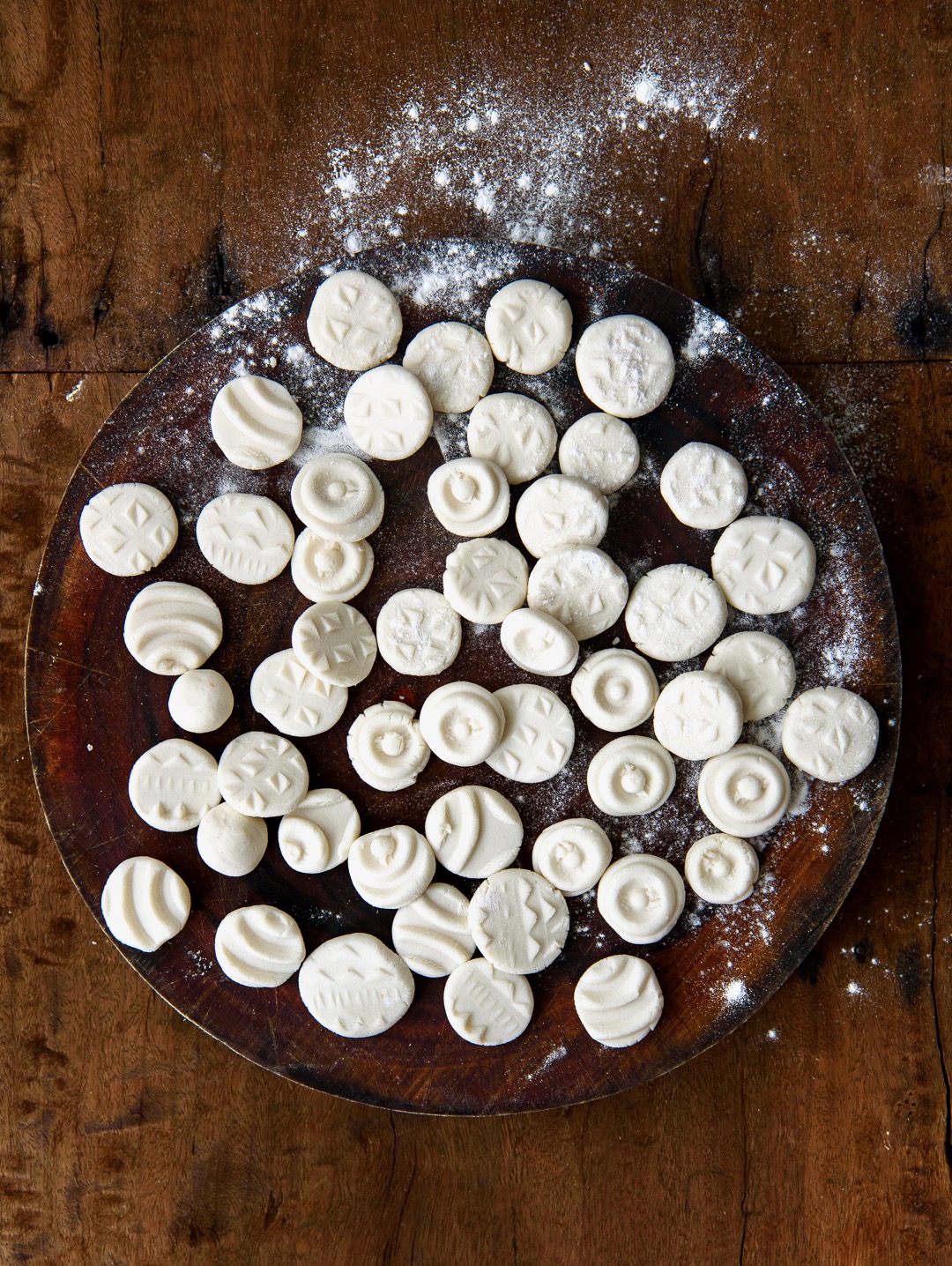
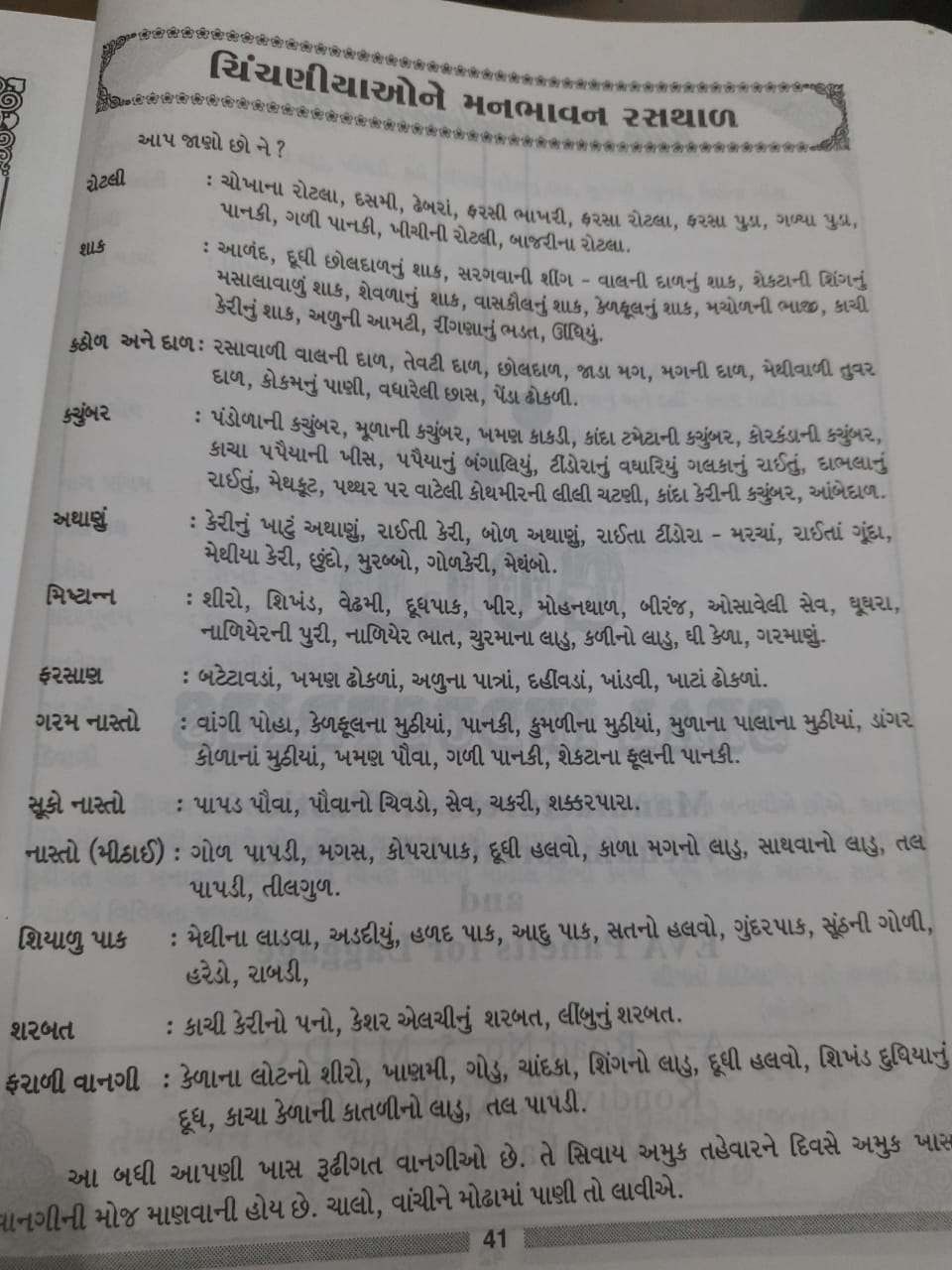
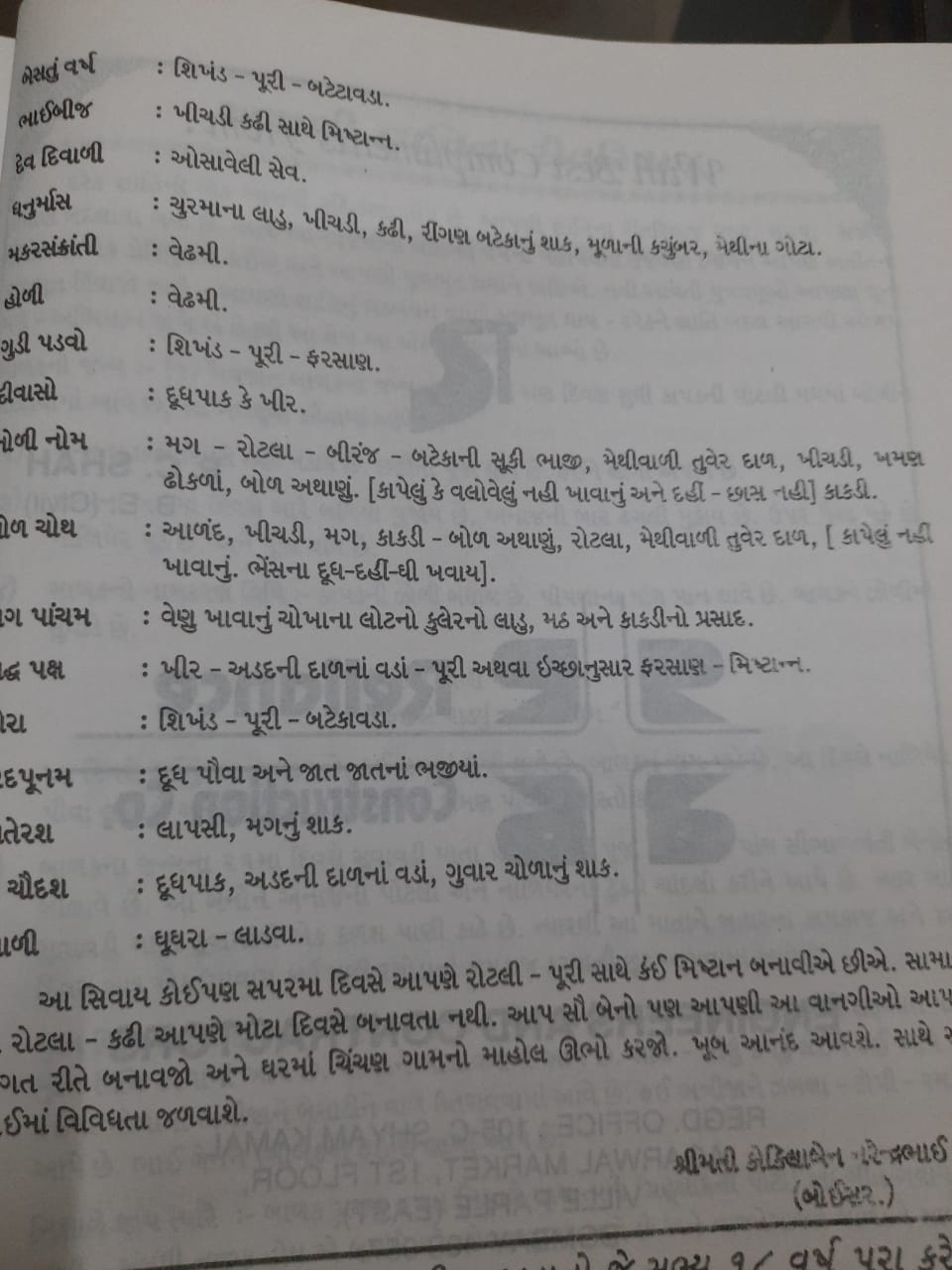
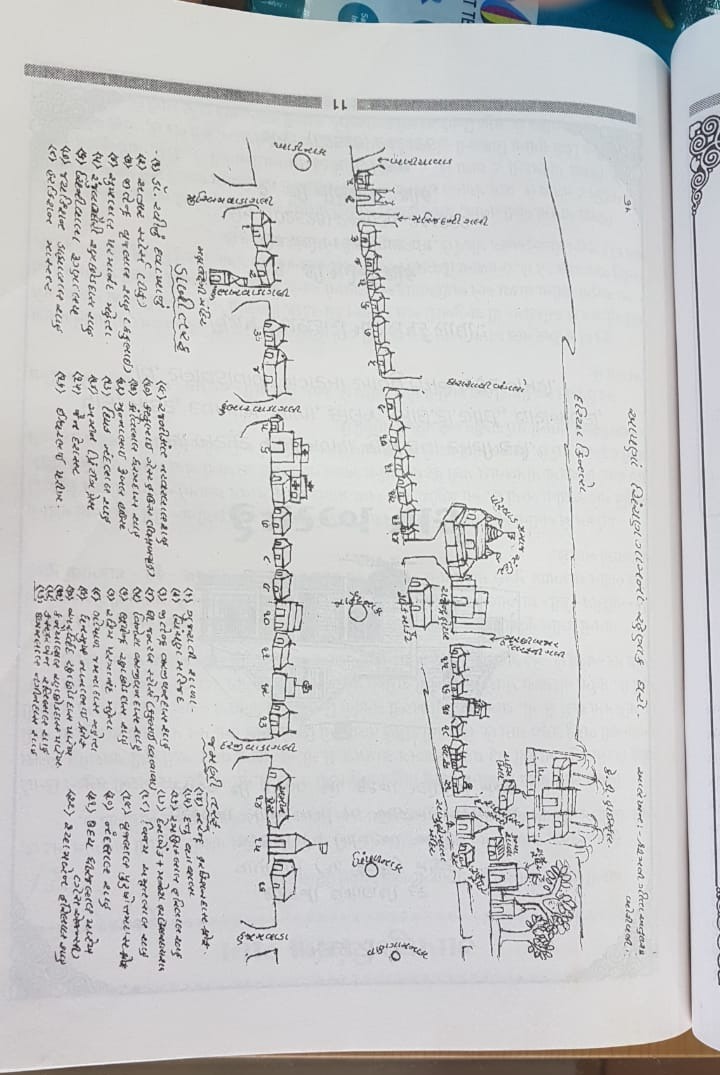
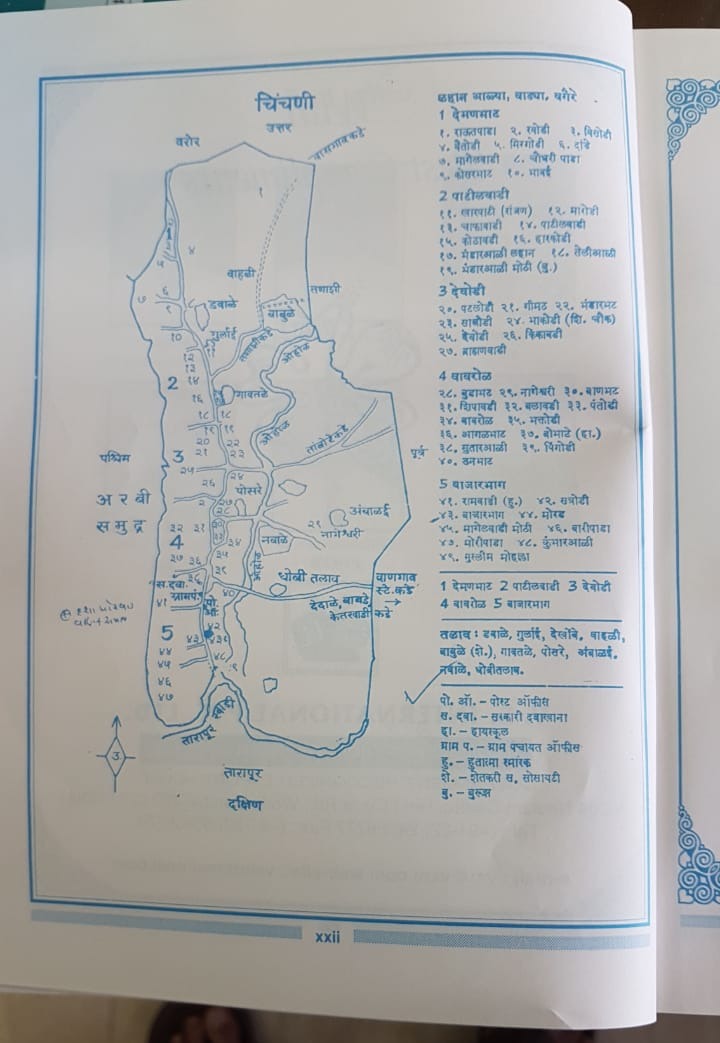

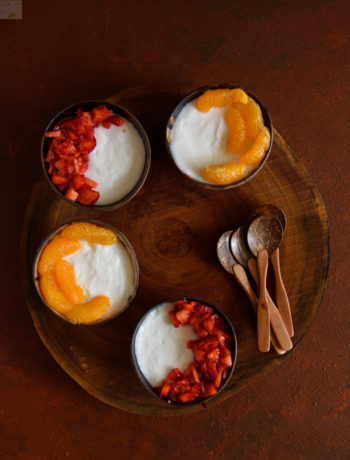
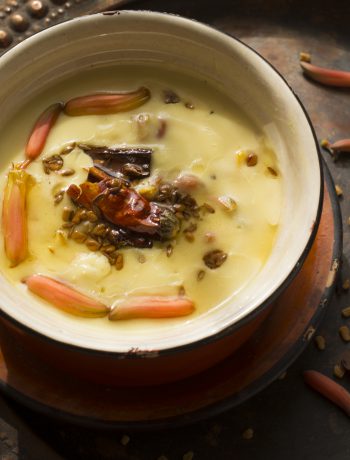
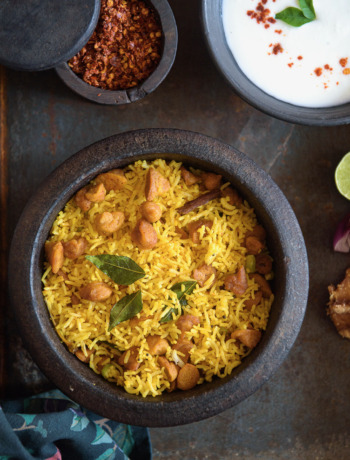
No Comments